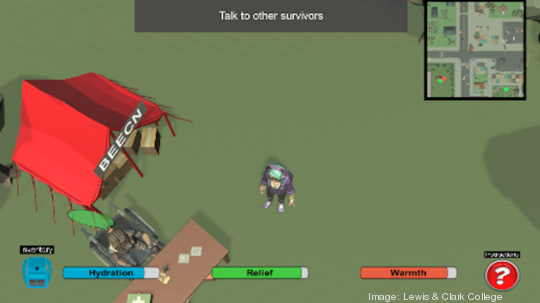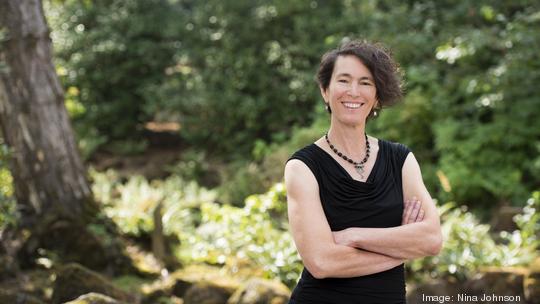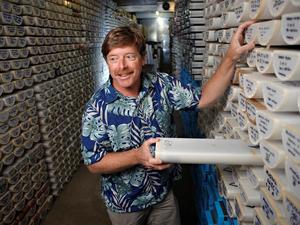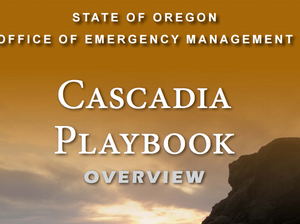
A team of researchers and students from Lewis & Clark College have created an online game based on the aftermath of a Cascadia Subduction Zone earthquake to help people understand how to prepare for the natural disaster.
In the game, called Cascadia 9.0, players are move through a destroyed city in search for their dog, Tsu (short for Tsunami). As they search they come across different situations that are expected after such a disaster, such as contaminated drinking water, aftershocks and gas leaks that players must work through, according to a news release.

The game is part of the Lewis & Clark Earthquake Preparedness Project. It was the idea of Liz Safron, associate professor of geological science and director of the earth system science and environmental studies program at the college.
It is available online for free at Cascadia9game.org.
The project and the game are based on the Cascadia Subduction Zone, a 600-mile fault off the Pacific Coast that has the potential to produce a 9.0 magnitude earthquake. The fault and “the Big One” it is anticipated to produce were the subject of a widely read, Pulitzer prize-winning 2015 New Yorker article by Kathryn Schulz.
The article sent business owners purchasing insurance and propelled preparedness efforts. However, much of those public outreach campaigns are targeted at people who are heads of households or those with children, according the Lewis & Clark team. Safron and company wanted to create an educational tool to target young people.
“I’m pretty pleased with the first game,” Safran said. “It covers a lot of territory. We had to make it that way because it needed to be sufficiently information-rich to compare with the web, which has all the information.”

As part of the game testing the team found that players spent more time on tasks and researching information on the web than people who didn’t play the game and only looked for information online.
Also working on the project are computer scientist Peter Drake, psychology professor Erik Nilsen and media scholar Bryan Sebok. The team started working in 2016. By 2019 they landed a $559,617 grant from the National Science Foundation for the project.
“We discovered that the elements (players) seemed to remember best and reflect on were those that required ‘stickiness,’ where they had to go through a series of actions or problem-solving to be successful in the game,” said Nilsen.
Future updates to the game are expected to explore cooperation, environment and social reinforcement on motivation to prepare, according to the team.







